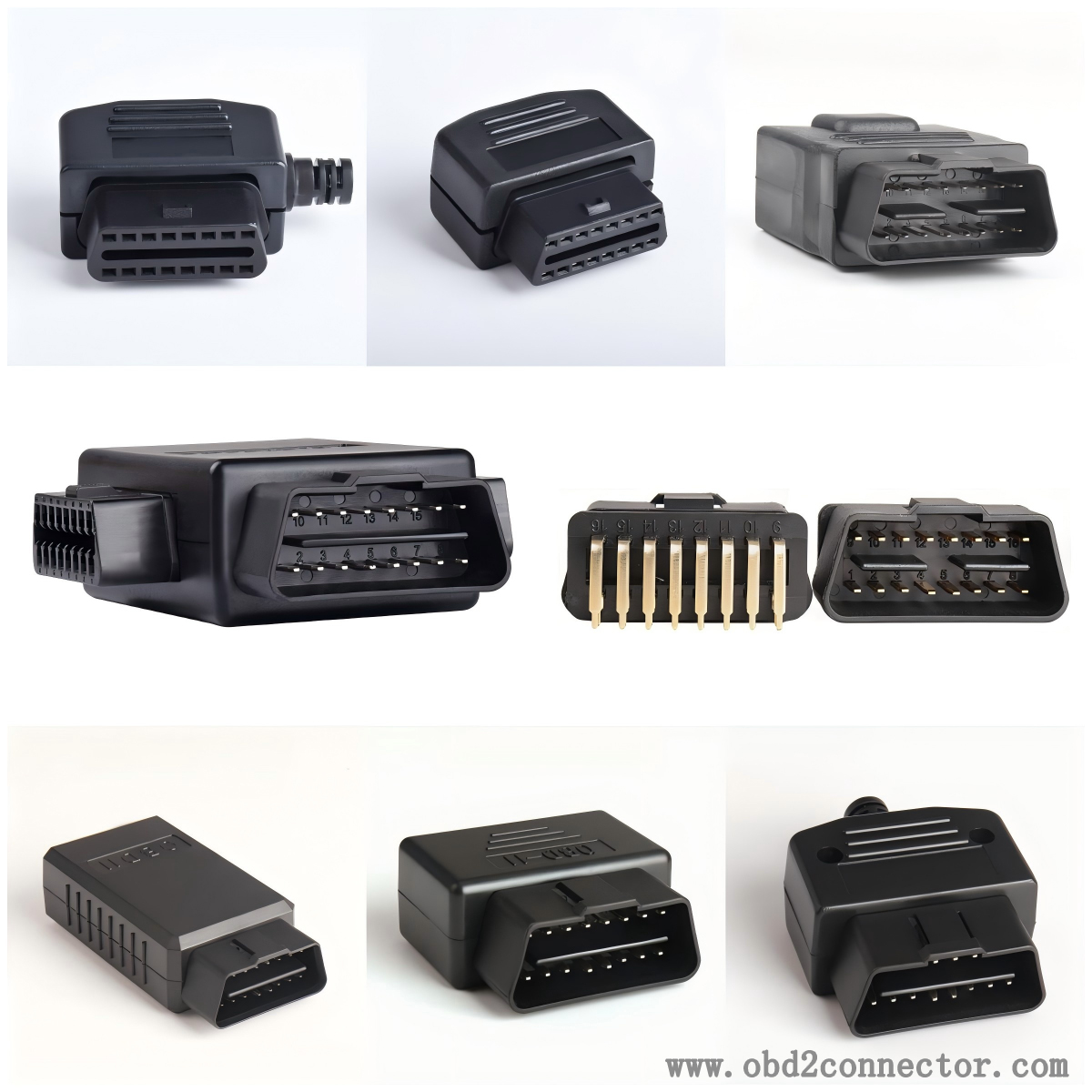In today's era of rapid development of automotive technology, cars are no longer just a means of transportation, but also complex devices that integrate numerous advanced electronic systems. The OBD2 (On Board Diagnostics II) male connector, as a key component in the field of automotive diagnostics and communication, is playing a crucial role.

Car Repair and Maintenance
In car repair shops, OBD2 male connectors are one of the essential tools for maintenance personnel. By connecting diagnostic equipment with the OBD2 interface of the car, maintenance personnel can quickly detect the cause of the car's faults, avoiding the tedious manual troubleshooting process in traditional maintenance methods and greatly improving maintenance efficiency. For example, when the car engine malfunction light is on, maintenance personnel can use OBD2 diagnostic equipment to read the fault code, determine which sensor or system is the problem, and then carry out targeted repairs.
Automotive performance monitoring
In addition to fault diagnosis, OBD2 male connectors can also be used for automotive performance monitoring. Some car enthusiasts and professional racing drivers use OBD2 diagnostic equipment to monitor real-time performance parameters of cars, such as speed, acceleration, fuel consumption, etc. By analyzing these data, they can understand the operating status of the car, optimize and adjust it, and improve its performance.
Automobile Insurance and Safety
In the field of automotive insurance, OBD2 male connectors also have certain applications. Some insurance companies provide insurance services based on OBD2 technology, by installing OBD2 devices to monitor the driving behavior of car owners, such as sudden acceleration, sudden braking, speeding, etc. Based on monitoring data, insurance companies can assess the driving risks of car owners and provide personalized insurance rates for them. In addition, OBD2 technology can also be used for automotive security systems, such as vehicle theft tracking, emergency rescue, etc.